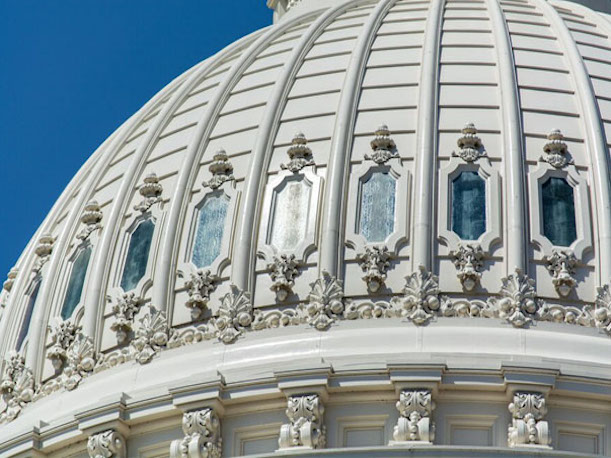
The American federal government plays a significant role in healthcare, from regulator to payer (P1), provider (P2), pharma (P3), and user of platform or product (P4). They include, but are not limited to:
Technology products, services, and capabilities consumed by federal and SLED agencies include but are not limited to:
Communication: The federal government needs reliable and secure communication systems to coordinate its activities across agencies and with other governments. This includes tools for video conferencing, email, and other forms of digital communication.
Cybersecurity: The federal government uses advanced tools and services to protect its networks and systems from cyberattacks. This includes tools for threat detection and response as well as training for personnel to identify and prevent cyber threats.
Data management: The federal government generates and collects vast amounts of data, from census information to scientific research. It needs tools and services to manage the data effectively, including storage, compute, analysis, interoperability, and visualization.
Gov-Health IT: The federal government uses tools and services to manage healthcare services per law, including electronic health records (EMR), telemedicine, and health information exchanges (HIE/HIX).
Infrastructure: The federal government owns, consumes, manages, and utilizes critical infrastructure, such as transportation systems, power grids, and water treatment facilities. This includes sensors and monitoring systems to detect and respond to disruptions or failures.
GHIT Digital is committed to deliver the state-of-the-art of tech tools and digital apps to Government & SLED clients.
Feel free to call us at +1 201.792.8924 or share the Technology and Consulting RFP for us to review and respond.